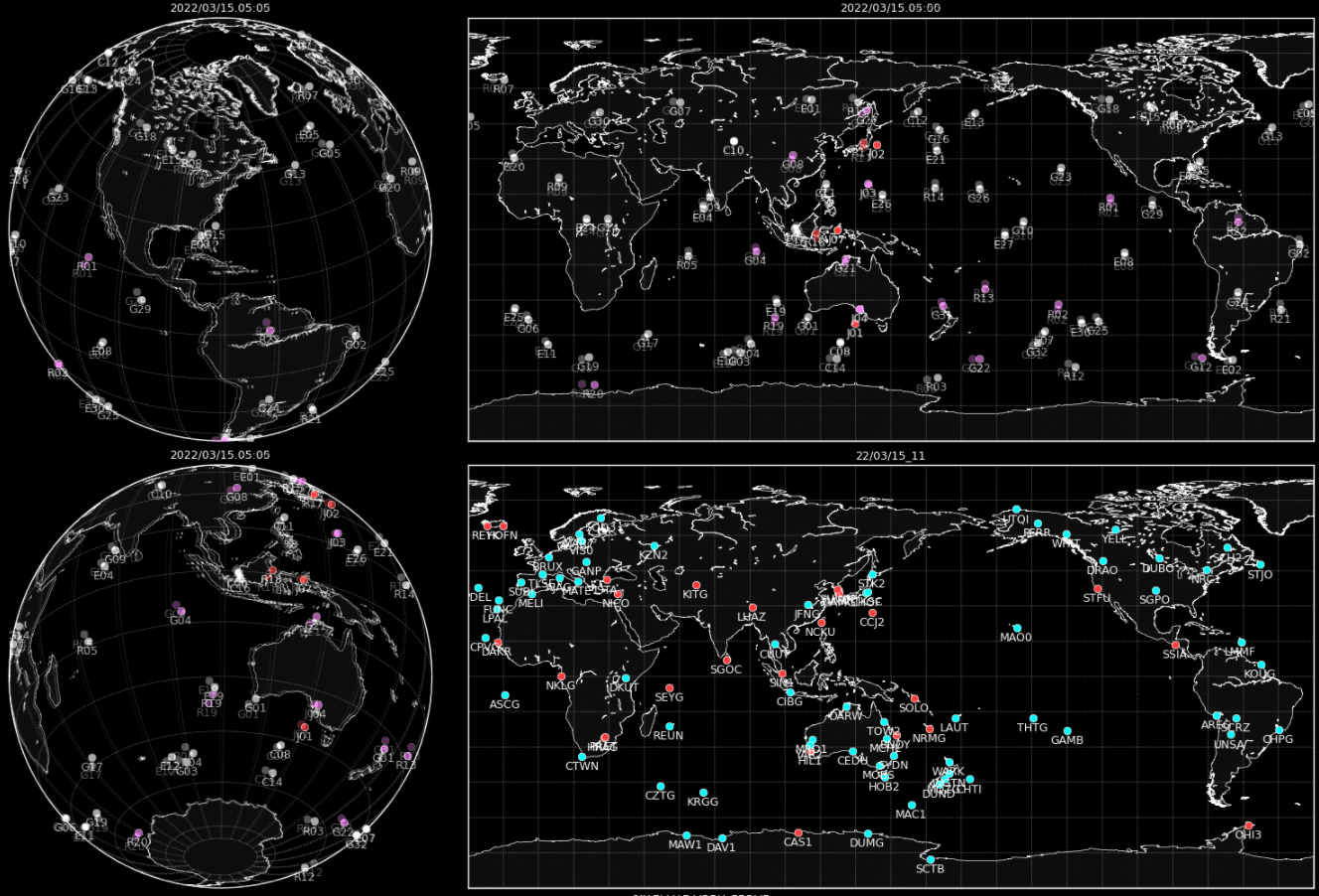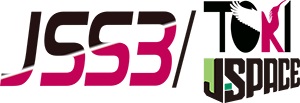Precise Orbit Determination by using MADOCA on JSS3
JAXA Supercomputer System Annual Report February 2021-January 2022
Report Number: R21ER0800
Subject Category: Space Technology
- Responsible Representative: Satoshi Kogure, Space Technology Directrate I, Satellite Navigation Unit
- Contact Information: TAKIGUCHI Hiroshi(takiguchi.hiroshi@jaxa.jp)
- Members: Sho Miyoshi, Tatsuya Nagano, Masato Okeya, Hiroshi Takiguchi, Makoto Watanabe
Abstract
Satellite Navigation Unit has been generating the precise orbit and clock products of GNSS satellites by using MADOCA (Multi-GNSS Advanced Demonstration tool for Orbit and Clock Analysis), and been distributing to user via network routinely. On the JSS3, we aim to realize fast computation for the long-term data analysis and simulation.
Reference URL
Please refer to ‘MADOCA Products‘.
Reasons and benefits of using JAXA Supercomputer System
To improve the MADOCA products accuracy, we need to do long-term data analysis. By using JSS3, we have been expecting the reduction of the data analysis time.
Achievements of the Year
In this fiscal year, we carried out the reanalysis of the MADOCA post-processing product using the latest MADOCA software and JSS3. In this reanalysis, we followed the repro3 campaign strategy (the analysis procedure, model, and observation data etc.) conducted by the International GNSS Service. We prepared 30 years observation data (from 1992 to 2021), and modified their header and converted the latest format. We have also been adjusting the analysis settings for the data which was before the development of MADOCA.
Next fiscal year, we are planning to decide the reanalysis settings and carried out the analysis for the entire period with a unified analysis strategy.
We also used JSS3 for the following research and development:
1) Backup analysis for MADOCA routine analysis (Fig.1. Distribution of GNSS satellites (left and upper right) and observation stations which used for analysis (lower right))
2) Implementation of simulated analysis function using new observable for MADOCA
2-1) Generation of simulated observation data
2-2) Precise orbit determination simulation using simulated observation data
3) Positioning analysis using MADOCA products
3-1) Evaluation of Precise Point Positioning (PPP) accuracy
3-2) Reanalysis of PPP routine analysis results
4) Fitting processing of MADOCA’s predict product to Legacy Navigation (LNAV) and Civil Navigation (CNAV) ephemeris formats

Fig.1: Left and upper right: Distribution of GNSS satellites (J: QZSS, G: GPS, R: GLONASS, E: Galileo, C: BeiDou). Lower right: Distribution of observation stations (blue: used for analysis, red: not used for analysis).
Publications
N/A
Usage of JSS
Computational Information
- Process Parallelization Methods: N/A
- Thread Parallelization Methods: OpenMP
- Number of Processes: 1
- Elapsed Time per Case: 30 Minute(s)
JSS3 Resources Used
Fraction of Usage in Total Resources*1(%): 0.01
Details
Please refer to System Configuration of JSS3 for the system configuration and major specifications of JSS3.
| System Name | CPU Resources Used(Core x Hours) | Fraction of Usage*2(%) |
|---|---|---|
| TOKI-SORA | 0.01 | 0.00 |
| TOKI-ST | 3631.37 | 0.00 |
| TOKI-GP | 0.00 | 0.00 |
| TOKI-XM | 0.00 | 0.00 |
| TOKI-LM | 0.00 | 0.00 |
| TOKI-TST | 218955.53 | 4.59 |
| TOKI-TGP | 0.55 | 3.84 |
| TOKI-TLM | 4.86 | 0.01 |
| File System Name | Storage Assigned(GiB) | Fraction of Usage*2(%) |
|---|---|---|
| /home | 1159.00 | 1.15 |
| /data and /data2 | 28510.00 | 0.30 |
| /ssd | 400.00 | 0.10 |
| Archiver Name | Storage Used(TiB) | Fraction of Usage*2(%) |
|---|---|---|
| J-SPACE | 0.00 | 0.00 |
*1: Fraction of Usage in Total Resources: Weighted average of three resource types (Computing, File System, and Archiver).
*2: Fraction of Usage:Percentage of usage relative to each resource used in one year.
ISV Software Licenses Used
| ISV Software Licenses Used(Hours) | Fraction of Usage*2(%) | |
|---|---|---|
| ISV Software Licenses(Total) | 0.00 | 0.00 |
*2: Fraction of Usage:Percentage of usage relative to each resource used in one year.
JAXA Supercomputer System Annual Report February 2021-January 2022


